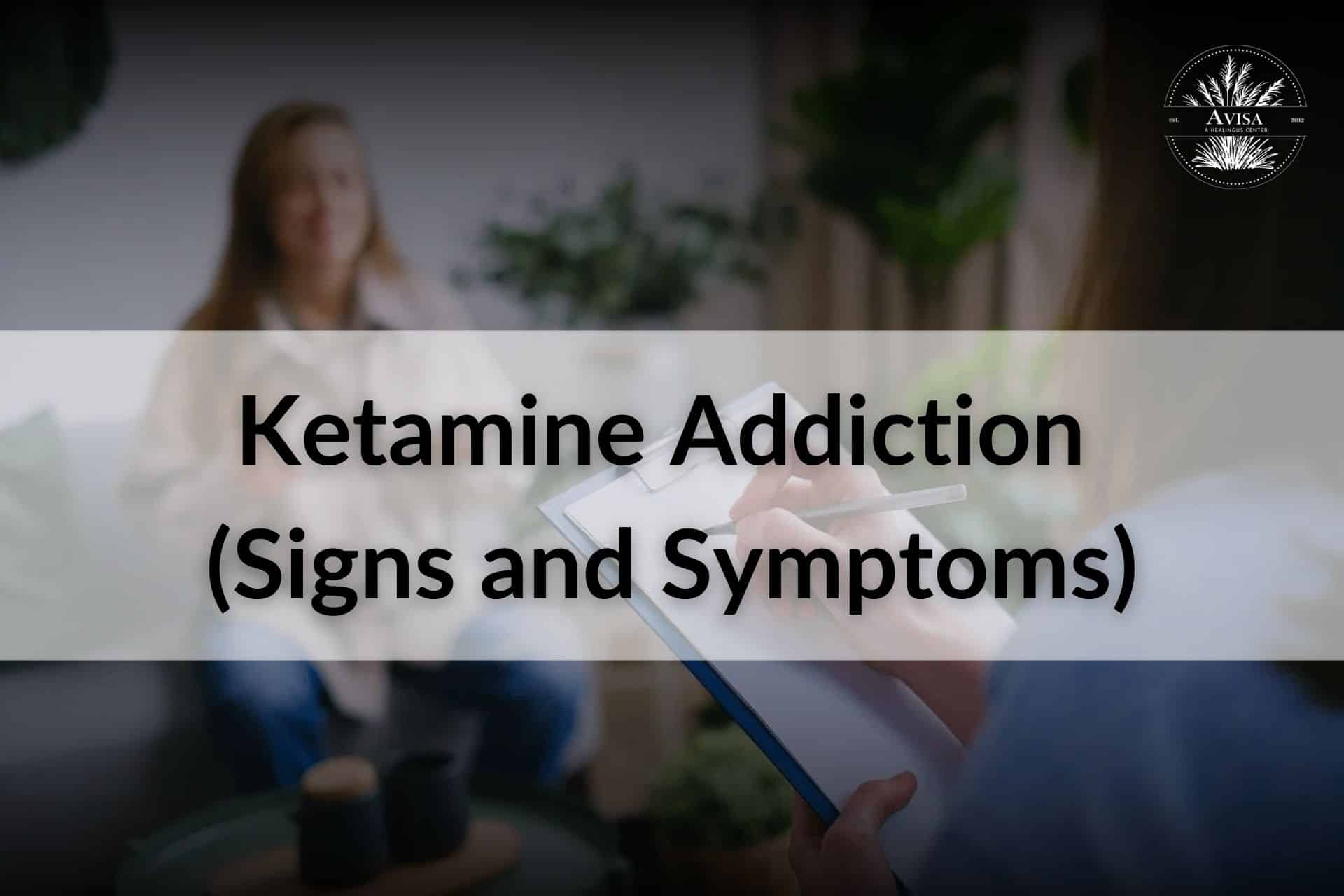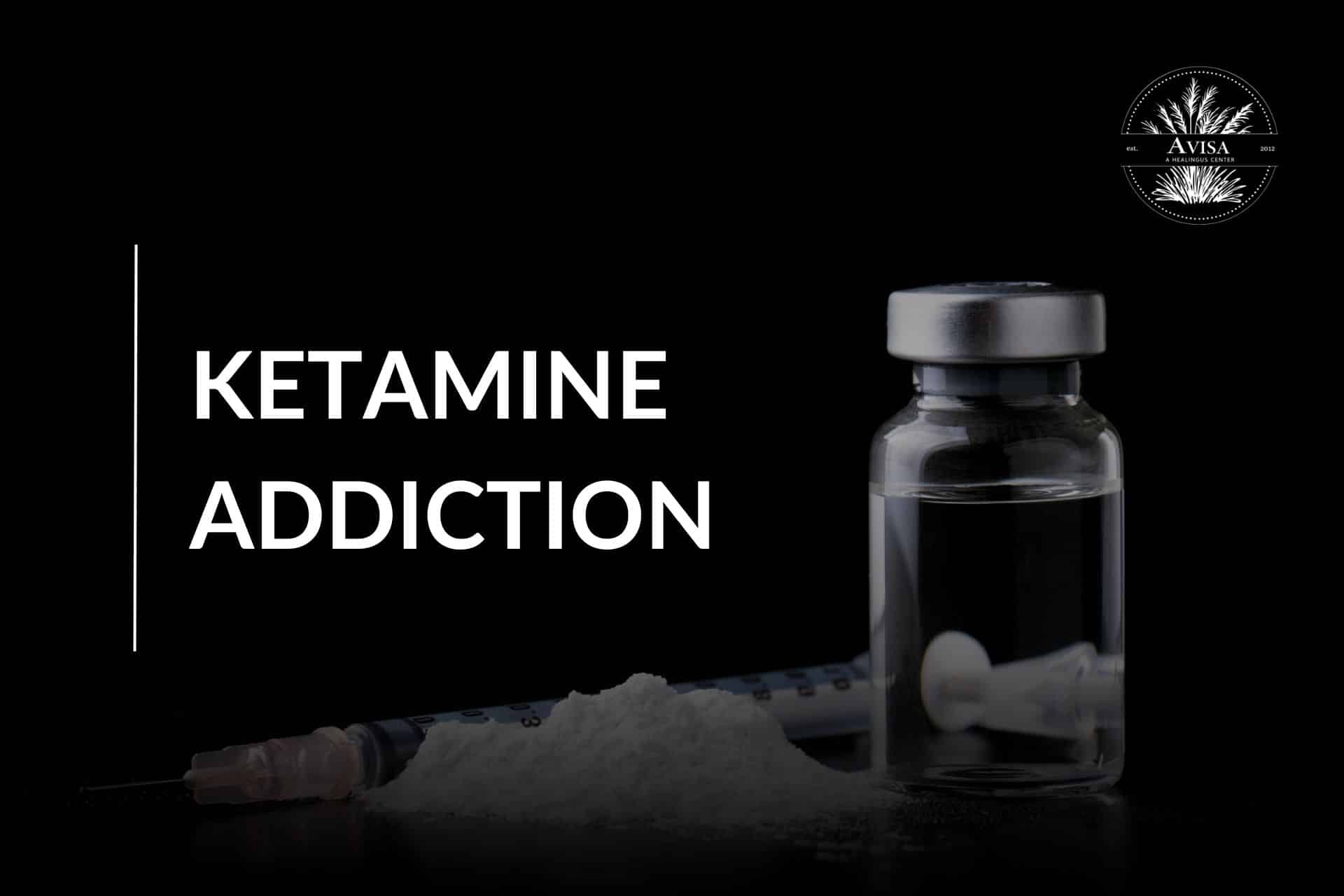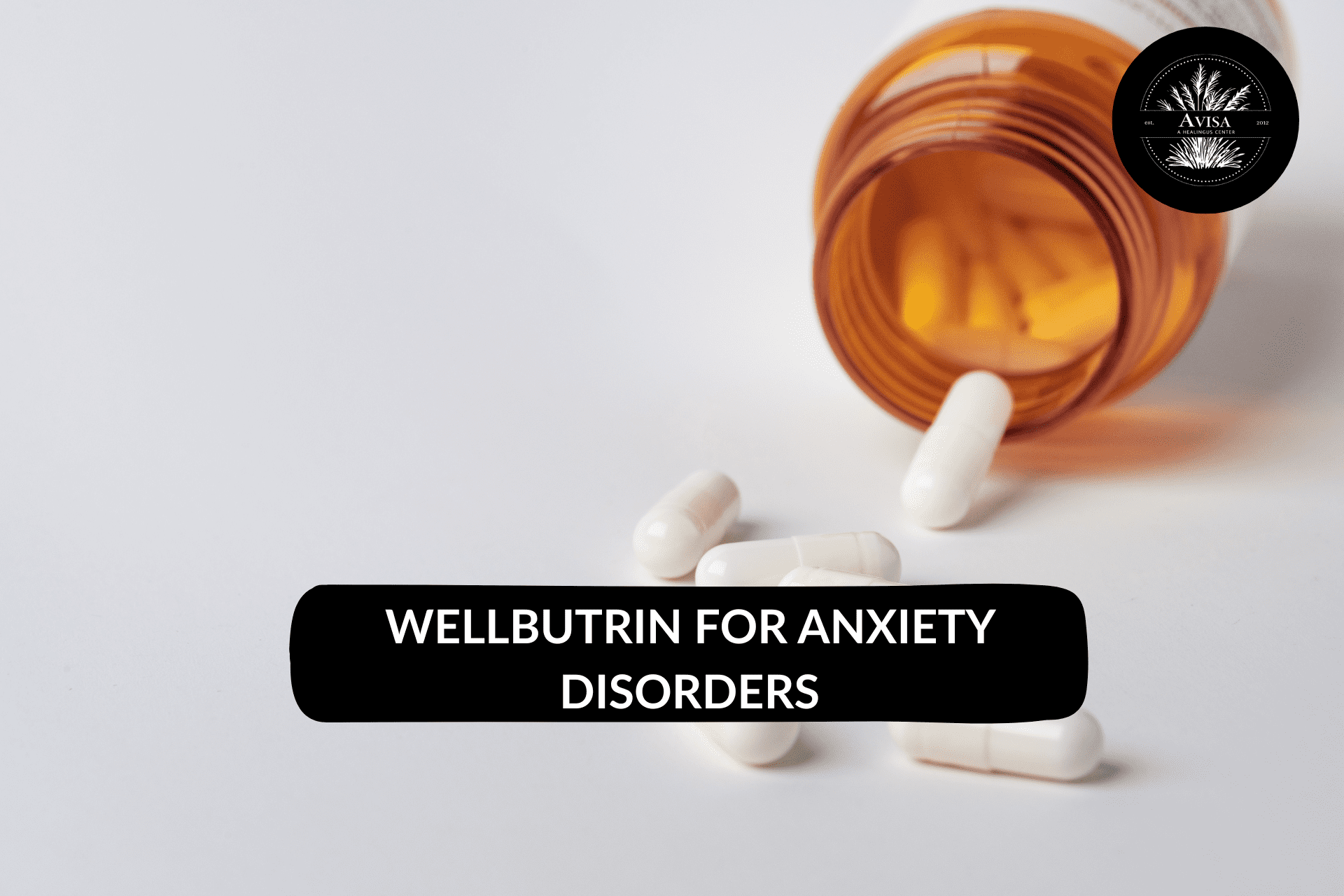Ketamine was first used in hospitals as a strong painkiller. But now, some people are misusing it and getting addicted. When someone gets addicted to ketamine, they can’t stop using it even though it harms them. This addiction can mess up their life. It makes it hard to do well at school or work. It can also cause problems in their relationships.
Many people are getting addicted to ketamine these days. So, it’s important to know the signs of addiction. If we spot these signs early, we can help people struggling with ketamine addiction. Then, they can get better and feel good again.
What is Ketamine?
Ketamine belongs to the class of ketamine addiction risk dissociative anesthetics, distinguished by its ability to induce a state of dissociation from sensory perceptions while maintaining consciousness. This unique property makes it valuable in medical and recreational contexts alike.
Not all antidepressants work the same way!
Spravato works differently by increasing glutamate levels in the brain, helping those who haven’t responded to other treatments.
Medical Uses of Ketamine
Ketamine is widely used in medical settings for anesthesia induction and pain relief, particularly in emergency and veterinary medicine. Key points include,
- Anesthesia Induction: Ketamine rapidly induces anesthesia with minimal respiratory depression, ideal for emergencies.
- Pain Management: Ketamine is effective in managing acute and chronic pain, reducing opioid needs, and altering pain perception.
- Psychiatric Applications: Subanesthetic ketamine doses have shown rapid antidepressant effects in treatment-resistant depression.
Recreational Use and Misuse
Ketamine’s dissociative effects attract recreational users seeking altered consciousness. Key points include:
- Hallucinogenic Properties: Ketamine induces vivid hallucinations and sensory distortion.
- Abuse Patterns: Users typically snort or inject ketamine, leading to binge use and overdose risks.
- Psychological Effects: Ketamine can cause euphoria, anxiety, paranoia, and cognitive impairment.
- Physical Risks: Misuse may result in cardiovascular issues, respiratory depression, and urinary tract dysfunction.
- Addiction Potential: Chronic abuse can lead to addiction, characterized by compulsive drug-seeking behavior.
- Harm Reduction Strategies: Education and prevention aim to reduce ketamine-related harms and promote access to treatment.
Signs and Symptoms of Ketamine Addiction

Ketamine addiction risk can manifest through various physical, behavioral, and psychological signs and symptoms, indicating a problematic pattern of use. Understanding these indicators is crucial for early detection and intervention.
Physical Symptoms
Ketamine abuse can lead to several physical manifestations, including,
- Increased Tolerance: Over time, individuals may require higher doses of ketamine to achieve the desired effects, indicating tolerance development.
- Withdrawal Symptoms: Abrupt cessation of ketamine can result in withdrawal symptoms such as sweating, tremors, nausea, and muscle cramps.
- Physical Health Issues: Chronic ketamine use may contribute to respiratory problems, cardiovascular issues, gastrointestinal disturbances, and urinary tract dysfunction.
Behavioral Signs
Behavioral changes often accompany ketamine addiction, affecting various aspects of an individual’s life. Which includes
- Preoccupation: Users may prioritize obtaining and using ketamine over other responsibilities.
- Social Withdrawal: Ketamine abuse can lead to isolation from social circles and activities.
- Risk-Taking: Individuals may engage in dangerous behaviors, like driving under the influence, to obtain or use ketamine.
Psychological Indicators
Ketamine addiction risk can have profound effects on mental health and cognitive functioning. Common psychological indicators include:
- Mood Swings: Ketamine use can cause sudden mood shifts, ranging from euphoria to agitation.
- Psychological Dependence: Users may develop intense cravings and compulsive drug-seeking behavior.
- Cognitive Impairment: Long-term ketamine abuse can impair memory, attention, and decision-making.
- Psychiatric Disorders: Ketamine addiction may worsen or trigger conditions like depression, anxiety, psychosis, or dissociative disorders.
By recognizing these signs and symptoms of ketamine addiction risk, individuals, their loved ones, and healthcare professionals can take proactive steps to address the issue and seek appropriate treatment and support.
Understanding the Risk Factors for Ketamine Addiction
Ketamine addiction risk can stem from a complex interplay of biological, environmental, psychological, and social factors. Understanding these risks helps us figure out who might be at risk of getting addicted to ketamine and how to stop it before it starts. Let’s look at some of the main risk factors.
Biological Factors
Environmental Influences
Environmental factors can shape an individual’s exposure to ketamine and influence their likelihood of developing an addiction. Peer influence, particularly among social circles where ketamine use is prevalent, can significantly impact an individual’s substance use patterns. Additionally, the availability and accessibility of ketamine in one’s environment can contribute to the development of addiction. Socioeconomic factors, such as poverty or lack of access to education and healthcare, can also influence ketamine addiction risk.
Psychological and Social Factors
Psychological and social dynamics play a crucial role in addiction vulnerability. Trauma and adverse childhood experiences, such as abuse or neglect, can increase the likelihood of substance abuse later in life. Stressful life events and maladaptive coping mechanisms may also contribute to ketamine addiction risk. Furthermore, the presence of a supportive social network and positive family dynamics can serve as protective factors against addiction, while social isolation and dysfunctional relationships may increase vulnerability.
Consequences of Ketamine Addiction
Ketamine addiction can have profound consequences on an individual’s physical health, mental well-being, and social relationships. Understanding these consequences is crucial for recognizing the severity of addiction and the urgency of intervention.
Physical Health Risks
Ketamine addiction risk can lead to various adverse effects on physical health, including,
- Urinary Tract Problems: Ketamine can damage the bladder and urinary tract, causing symptoms like frequent urination and pain.
- Gastrointestinal Issues: Users may experience nausea, vomiting, and abdominal pain from ketamine abuse.
- Cardiovascular Complications: Ketamine raises the risk of high blood pressure and heart irregularities.
- Respiratory Distress: High doses of ketamine can lead to shallow breathing and respiratory depression.
Mental Health Effects
Ketamine addiction can have profound implications for mental health and emotional well-being, including
- Psychological Dependence: Users may develop intense cravings and obsession with ketamine.
- Cognitive Impairment: Chronic abuse can impair memory, attention, and decision-making.
- Psychiatric Disorders: Ketamine abuse is linked to depression, anxiety, and psychosis.
- Suicidal Ideation: Addiction can lead to increased feelings of hopelessness and suicidal thoughts.
Social and Interpersonal Consequences
Ketamine addiction can strain relationships and impact various aspects of social functioning, including,
- Isolation: Addiction leads to social withdrawal as individuals prioritize drug use over relationships.
- Financial Strain: Ketamine addiction causes financial instability, debt, and legal issues.
- Employment and Education: Addiction impairs responsibilities, leading to job loss and academic setbacks.
- Legal Trouble: Possession and distribution can result in arrest and legal consequences.
Treatment Options for Ketamine Addiction
Ketamine addiction demands a multifaceted treatment approach to address its various aspects effectively. Here’s an overview of the primary treatment options,
Medical Detoxification
- Purpose: Safely manages withdrawal symptoms and stabilizes individuals physically.
- Process: Under medical supervision, individuals undergo detox in a controlled setting.
- Benefits: Helps navigate withdrawal with reduced discomfort and risk.
Behavioral Therapies
- Cognitive Behavioral Therapy (CBT): Identifies and modifies maladaptive thoughts and behaviors.
- Motivational Interviewing (MI): Enhances motivation and commitment to change.
- Contingency Management: Provides incentives for achieving treatment goals.
Medication-Assisted Treatment
- Naltrexone: Naltrexone, an opioid antagonist, may be used off-label to reduce cravings and block the rewarding effects of ketamine. It can be administered orally or via extended-release injectable formulations.
- Antidepressants: Certain antidepressant medications, such as selective serotonin reuptake inhibitors (SSRIs) or tricyclic antidepressants (TCAs), may be prescribed to manage co-occurring mood disorders or alleviate depressive symptoms associated with ketamine withdrawal.
Support Groups and Aftercare Programs
- 12-Step Programs: Offer peer support, guidance, and accountability.
- SMART Recovery: Provides tools for sustainable recovery based on science.
- Individual Therapy: Addresses underlying issues and develops relapse prevention strategies.
Prevention Strategies
Preventing ketamine addiction risk requires a comprehensive approach targeting both individual behaviors and broader societal factors. Here are key prevention strategies
Education and Awareness Campaigns
- Targeted Education: Provide information about the risks and consequences of ketamine use through schools, community programs, and online platforms.
- Promote Healthy Coping Mechanisms: Encourage the development of positive coping skills and stress management techniques as alternatives to substance use.
- Raise Awareness: Increase public understanding of ketamine addiction and its impact on individuals, families, and communities.
Regulation and Control Measures
- Legislative Action: Enforce regulations on ketamine production, distribution, and prescription to prevent misuse.
- Restricted Access: Control ketamine availability, limiting it to medical use only.
- Monitoring Systems: Establish systems to track ketamine distribution and detect misuse
Early Intervention and Screening Programs
- Screening Initiatives: Implement screenings in healthcare to identify at-risk individuals.
- Intervention Strategies: Provide timely support for those showing ketamine misuse signs.
- Access to Treatment: Ensure swift access to evidence-based treatment for those identified.
Tired of fighting addiction and mental health struggles?
Ignoring both deepens the struggle. Our holistic approach—detox, therapy, and medication-assisted treatment—can help you heal. Take the first step today.
Conclusion
Ketamine addiction is a serious problem. We need to raise awareness, prevent misuse, and help those affected. Ketamine was once used for anesthesia and pain relief. Now, it is often misused and leads to addiction, causing harm to people and society.
Knowing the signs of ketamine addiction is very important. These signs include physical changes, behavior changes, and emotional effects. By spotting these early, people, their families, and healthcare professionals can step in and help.











